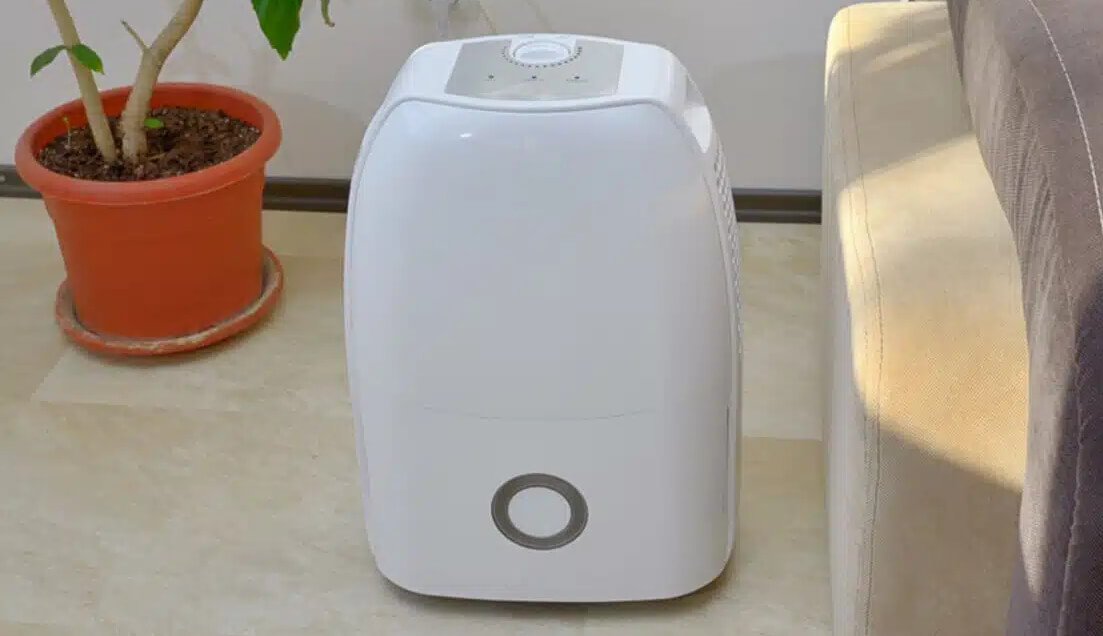Contact: Ben Somberg, 202-658-8129, bsomberg@aceee.org

Washington, DC—Light bulb efficiency standards finalized today by the U.S. Department of Energy (DOE) will lower energy costs for households and businesses. The standards will require common light bulbs—nearly all now LEDs—to achieve the efficiency levels of today’s top-performing models.
The standards will reduce utility bills by $27 billion and cut 70 million metric tons of carbon dioxide emissions over 30 years of product sales, DOE estimates.
“LED technology has gotten even better in recent years, and these standards will ensure that all products on the market catch up with the latest efficiency advances,” said Andrew deLaski, executive director of the Appliance Standards Awareness Project. “With dozens of light bulbs in each home across the country, these standards will reduce household energy costs and climate pollution from power plants.”
The standards will require the most common light bulbs to produce about 125 lumens per watt, up from the current requirement of 45 lumens per watt. A common “60-watt equivalent” bulb—one that produces the same amount of light as an incandescent bulb using 60 watts—will need to use no more than 6.5 watts. Many LED bulbs today use 8 to 10 watts, while compact fluorescents—which are now rarely sold—often use about 13 watts.
Major light bulb manufacturers largely supported the standards that were adopted in today’s final rule.
DOE last updated light bulb standards in 2022 with two key rules that ensured common bulbs—including pear-shaped bulbs, reflector bulbs used in recessed and track lighting, candle-shaped bulbs used in wall fixtures and other decorative light fixtures, and globe-shaped bulbs often installed in bathrooms—would produce at least 45 lumens per watt.
Federal standards still permit fluorescent lighting for some bulb types, including the four-foot tubes often seen in garages and offices. Since 2021, eight states have enacted laws to phase out sales of fluorescent bulbs because of their mercury content.
The new standards will take effect in 2028.
###
The Appliance Standards Awareness Project (ASAP) advocates for appliance, equipment, and lighting standards that cut planet-warming emissions and other air pollution, save water, and reduce economic and environmental burdens for low- and moderate-income households. ASAP’s steering committee includes representatives from environmental and efficiency nonprofits, consumer groups, the utility sector, and state government.




